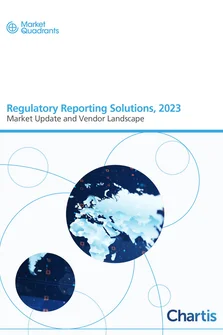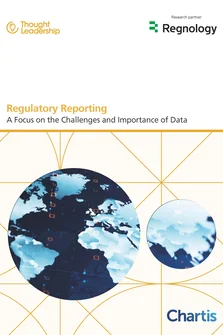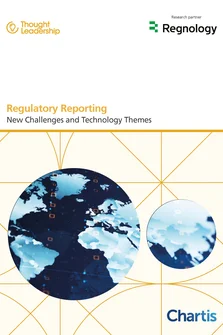<p>The financial crisis of 2008 prompted a complete overhaul of the global regulatory system for the financial sector. The significance of Basel 3 in these new regulations cannot be overestimated. It will considerably increase the capital cushion banks must hold, impose major short-term costs on banks, and change the way banks manage themselves.</p>
<p>Basel 3 requires financial institutions to perform more calculations and submit more data to regulators than ever before, while coming under greater pressure to increase their capital, liquid assets, and collateral. The regulatory workload threatens to consume an ever-greater proportion of resources and prevent functions such as risk and finance from pursuing business goals.</p>
<p>Financial institutions need not only to comply with the regulations, but also to know how to adapt to the new environment without sacrificing the efficiency and performance of their business. To adapt to the pressure on resources and the impact of new regulations, financial institutions will therefore need to make a number of changes to improve their performance:</p>
<ul>
<li>Improve capital management</li>
<li>Integrate risk and finance</li>
<li>Integrate liquidity and collateral management</li>
<li>Implement enterprise-wide risk management</li>
<li>Implement enterprise-wide stress testing</li>
</ul>
<p>The success and reliability of any Basel 3 strategy will require robust technology solutions. Investment in technology now will also pay dividends in the long-term by freeing risk and compliance personnel from regulatory duties, allowing them to focus on business goals. This report covers the technologies required for Basel 3 compliance and adaptation, including data models, flexible and real-time analytics, capital calculation engines, and technology support for risk and finance integration, liquidity risk and counterparty credit risk.</p>
<p>This report covers leading practices in these technology areas, key attributes of technology architecture. It also identifies the benefits of investing in sufficiently advanced functionality, and the pros and cons of “buy vs. build”.</p>
<p>In addition, the report covers the competitive landscape. As this is such an important market, it is unsurprising that many vendors have jumped on the “Basel 3 bandwagon” and are advertising “Basel 3 solutions”. While many vendors are making real, innovative improvement to their solutions, some are just using Basel 3 as a marketing opportunity. This has created a sense of confusion amongst risk technology buyers.</p>
<p>This report covers both enterprise and best-of-breed solutions. As Basel 3 covers a range of technology requirements and systems and financial institutions have made varying degrees of progress, firms should consider what elements of a Basel 3 system they need. Implementing an enterprise system may be useful for some banks that have made little progress so far; others may only need specific components, e.g. a liquidity management system. However, in both cases, systems will need to be flexible enough to integrate with other systems and to adapt to the possibility of alterations to the regulations.</p>
<p>This report uses Chartis’s RiskTech Quadrant™ to explain the structure of the market. The RiskTech Quadrant™ uses a comprehensive methodology of in-depth independent research and a clear scoring system to explain which technology solutions meet an organization’s needs. The RiskTech Quadrant™ does not simply describe one technology solution as the best Basel 3 solution; it has a sophisticated ranking methodology to explain which solutions would be best for buyers, depending on their implementation strategies.</p>
<p>This report covers the leading vendors offering Basel 3 solutions, including Axiom SL, Calypso, Fernbach, Fiserv, IBM Algorithmics, Lombard Risk, Markit Analytics, Misys, Moody’s Analytics, Murex, Numerix, OpenLink, Oracle, Prometeia, Quantifi, SAP, SAS, SunGard, and Wolters Kluwer Financial Services.</p>
Only users who have a paid subscription or are part of a corporate subscription are able to print or copy content.
To access these options, along with all other subscription benefits, please contact info@risk.net or view our subscription options here: http://subscriptions.risk.net/subscribe
You are currently unable to print this content. Please contact info@chartis-research.com to find out more.
You are currently unable to copy this content. Please contact info@chartis-research.com to find out more.
Copyright Infopro Digital Limited. All rights reserved.
You may share this content using our article tools. Printing this content is for the sole use of the Authorised User (named subscriber), as outlined in our terms and conditions - https://www.infopro-insight.com/terms-conditions/insight-subscriptions/
If you would like to purchase additional rights please email info@chartis-research.com
Copyright Infopro Digital Limited. All rights reserved.
You may share this content using our article tools. Copying this content is for the sole use of the Authorised User (named subscriber), as outlined in our terms and conditions - https://www.infopro-insight.com/terms-conditions/insight-subscriptions/
If you would like to purchase additional rights please email info@chartis-research.com


